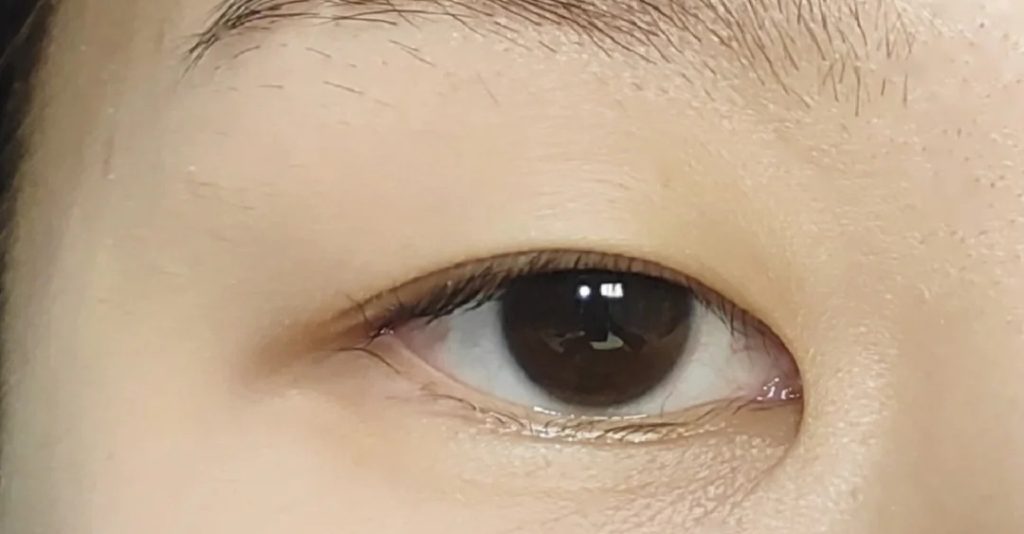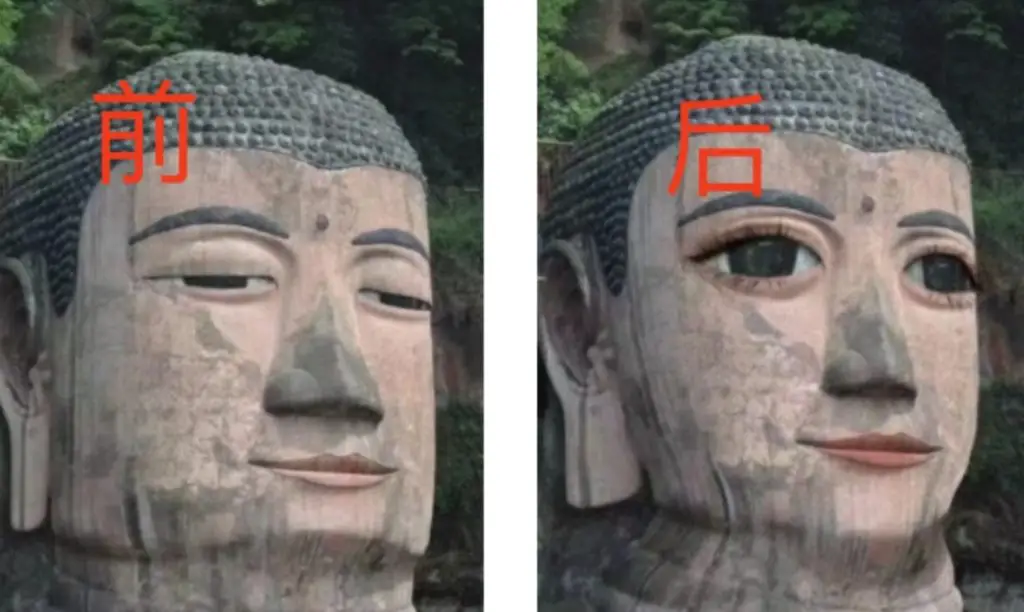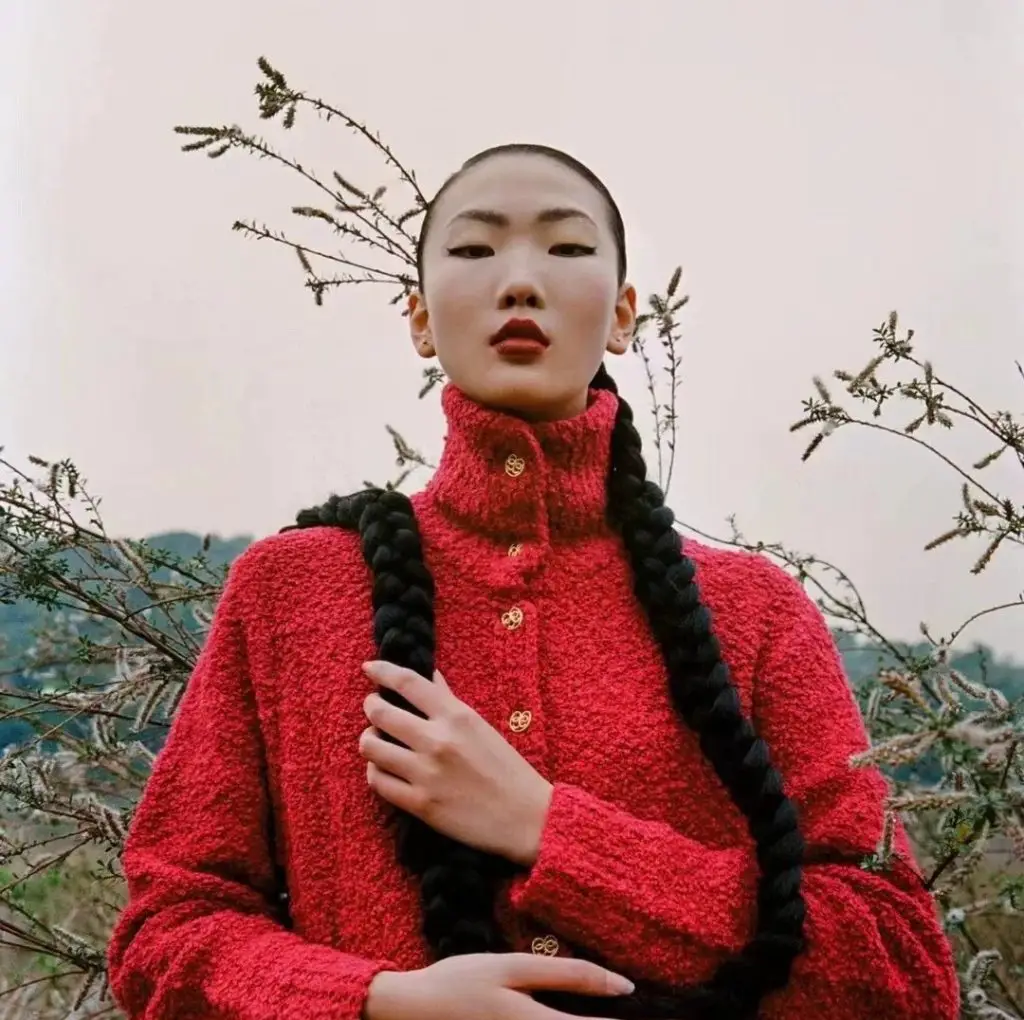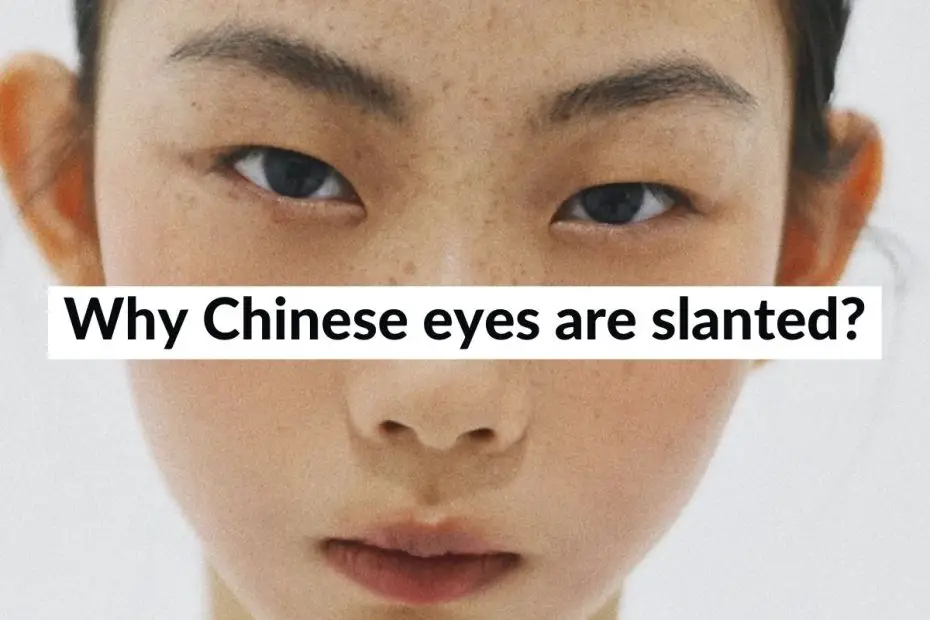The use of models with “slanted eyes” in Western advertising campaigns targeting Chinese consumers is controversial and culturally offensive.
This brings Chinese “slanted eyes” into the topic.
There is one more controversial topic online about China. LEARN MORE
This particular feature has been the subject of much fascination and speculation over the years, with many theories posited to explain its origins.
The truth is, while there is no complete evolutionary explanation for the appearance of the epicanthic fold, the physical trait that causes this distinctive look, there are some compelling ideas worth exploring.
In this article, we’ll take a closer look at the science behind the epicanthic fold and some of the theories that have been proposed to explain its origins.
We’ll also address some of the common misconceptions around this topic, including the idea that the shape of the eyes is related to intelligence or other cultural factors.
What is the Epicanthic Fold?

Contrary to popular belief, the slanted appearance of the eyes in many Chinese is not due to the shape of the eyeball itself, but rather a fold of skin on the upper eyelid.
This fold, called the epicanthic fold, tends to cover the inner corner of the eye and create the appearance of a slant.
The Evolutionary Advantages of the Epicanthic Fold

As mentioned, there is no complete evolutionary explanation for the epicanthic fold, but several theories have been proposed to explain its origins.
Let’s explore a few of the most commonly discussed possibilities.
Protection from UV Radiation
One of the most popular theories around the epicanthic fold is that it provides protection from ultraviolet (UV) radiation, which can be particularly intense in tropical and arctic regions.
The idea is that the fold acts as a sort of sun visor, shielding the eyes from the sun’s harmful rays and preventing damage to the delicate tissues of the eye.
While this theory has some merit, it falls short in a few key ways.

For one, not all Chinese live in tropical or arctic regions, and the epicanthic fold is not exclusive to Asians.
Additionally, there is no clear evidence to suggest that the fold provides significant UV protection.
Insulation from Cold
Another theory around the epicanthic fold is that it provides insulation from cold temperatures.
In regions with harsh winters, the fold may help to keep the eyes warm and prevent frostbite or other cold-related damage.
While this theory is plausible, it still doesn’t fully explain the presence of the epicanthic fold in regions where cold temperatures are not a significant concern.
Pleiotropic Genes

Recent research has suggested that the epicanthic fold may be associated with pleiotropic genes, which are genes that can affect multiple traits.
This means that the epicanthic fold may have developed as a byproduct of other evolutionary adaptations, such as those related to facial structure development.
Common Misconceptions

There are several common misconceptions surrounding the epicanthic fold that are important to address.
Cultural Factors
One misconception is that the epicanthic fold is a cultural trait that is associated with a specific ethnic group.
While the epicanthic fold is more common in people of Asian descent, it is also found in other populations, such as Native Americans and some indigenous people of Africa.
Intelligence

Another misconception is that the epicanthic fold is associated with intelligence.
This myth is based on racist stereotypes and has no scientific basis.
Conclusion
Discover more Chinese culture that can leave you scratching your head! 🧐
1. Why Chinese spit?
2. Why Chinese drink hot water always?
3. Why Chinese eat dogs and everything?FAQs
Is the epicanthic fold a medical condition?
No, the epicanthic fold is a natural variation in the anatomy of the eye that has no adverse effects on a person’s health or vision.
Is the epicanthic fold associated with a specific ethnic group?
While the epicanthic fold is more common in people of Asian descent, it is also found in other populations, such as Native Americans and some indigenous people of Africa.
Does the epicanthic fold provide any evolutionary advantages?
Yes, the epicanthic fold provides several evolutionary advantages, including protection from UV radiation, insulation from cold temperatures, and potential association with pleiotropic genes.
Can the epicanthic fold change over time?
While the epicanthic fold is a natural variation in the anatomy of the eye that is determined by genetics, it can sometimes appear more pronounced or less pronounced due to factors such as age or weight changes.


